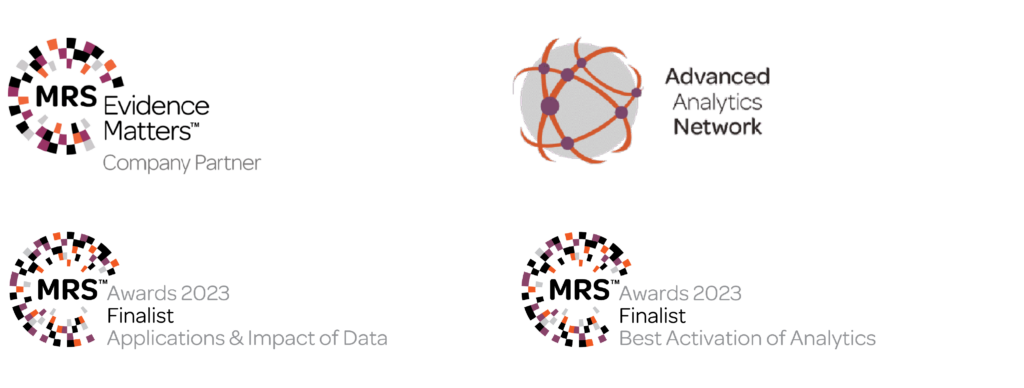Demographic data – Assuming you have a database you might know that Emily is 24, lives in London. With her address you could send Emily coupons to entice her into your restaurant. You don’t however know much else about her other than the practical consideration that she is geographically close. You don’t know how much she earns , what she spends when eating out, what her food preferences are etc. With such limited information, our best strategy would probably be a ‘shotgun’ approach to marketing, sending Emily a range of different coupons for different meals. You’d most likely send out this book of offers to everyone in her area.

Transactional data – Emily buys a cheeseburger and fries every time she visits, about once a month. As a business you might pick up this data through the use of personalised coupons, a reward or loyalty card or an app. (Like we’ve seen McDonalds launch recently) With this transactional data we can then send more personalised communications to Emily, offering her more expensive menu items, or if she has been absent for some time, remind her of her favourite meal. While this transactional data certainly allows us to add a layer of personalisation, it still doesn’t tell us the needs or motivations that Emily might have in choosing to dine with us. As such there is still a large element of trial and error in our approach.

Psychographic data – We still don’t understand why Emily orders the same meal from our restaurant each visit, what other restaurants does she eat at? Does she have similar behaviour with other fast-food competitors? When does she decide to eat out? By broadening our understanding of her activity with other brands it becomes much easier to understand what brought her into the restaurant and how we can better serve her. It might be that Emily visits our restaurant once a month when she dines with her father. Perhaps they see our restaurant as a ‘safe option’ for eating out together, and so our restaurant might have a sense of nostalgia and tradition associated with it. In this case, we could send Emily offers around family-sized meals, which could increase her lifetime value as a customer and also open her up to new items on our menu. Through data enrichment, a combination of different lenses and of course empathetic thinking, we can better understand customers and get higher ROI from personalisation.

- Enables a single company-wide strategic focus.
- Provides a joined-up segmentation that multiple business functions can adopt.
- Product propositions can be targeted effectively to current customer base.
- Activity from eCRM is able to generate content that drives engagement.
- Financial potential of segment activity can be measured more accurately.
- Impact of marketing against segments can be measured as segments are tagged on base.
- In addition to targeting prospects in the right way, Hybrid segmentation enables you target different customers with the right messages as Hybrid segments are tagged to your database using the data you hold.


